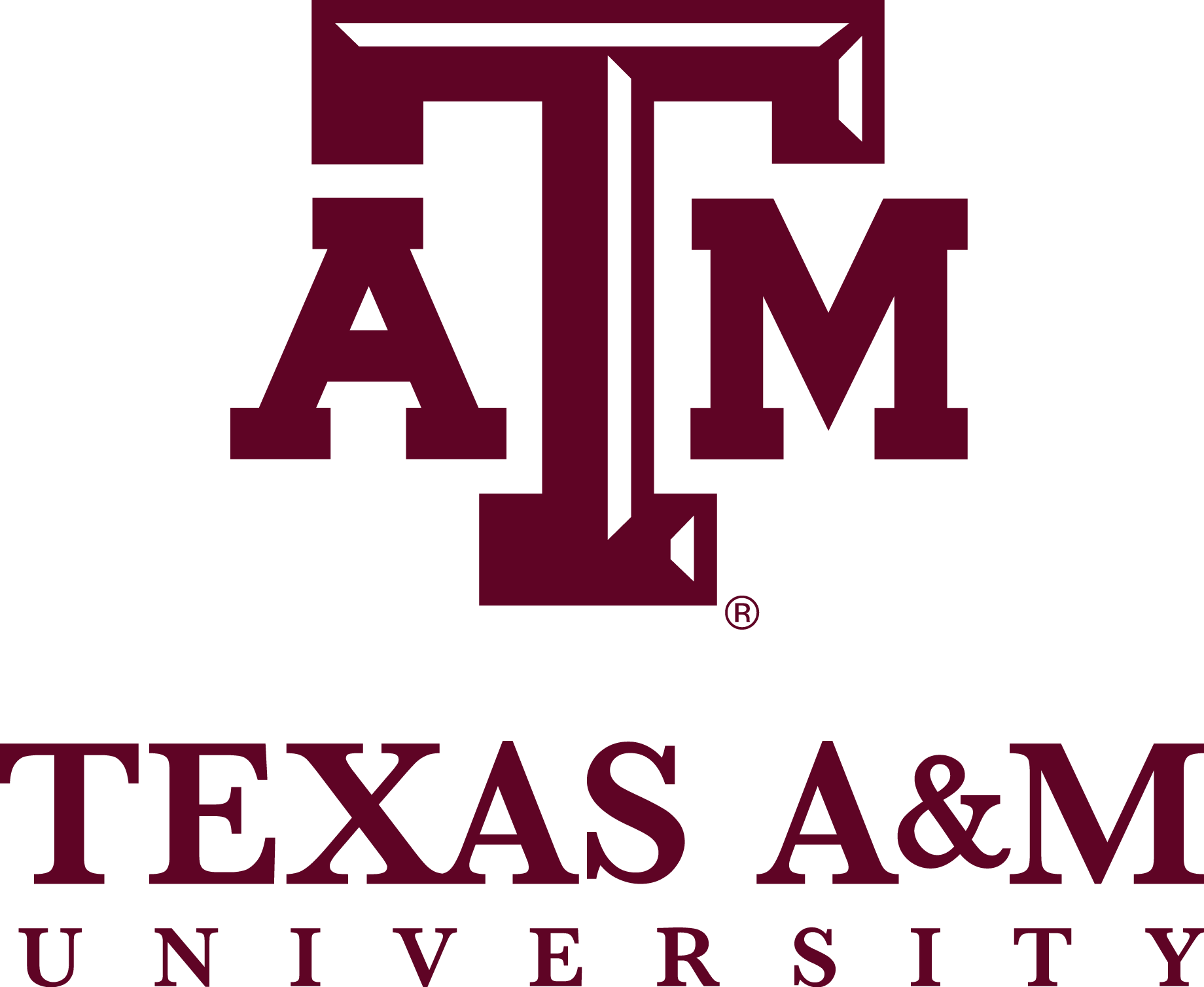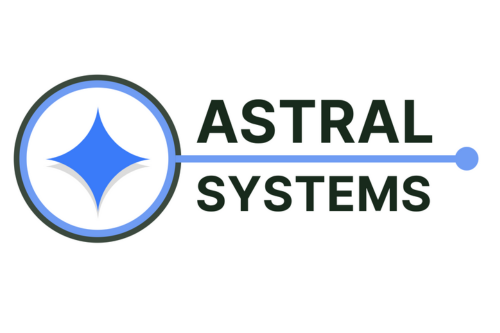It was announced last Tuesday that four small-scale nuclear reactors are to be hosted on Texas A&M University land. CEOs from four nuclear power companies have agreed to work with the Texas A&M System to develop prototype and commercial-ready “small modular reactors” (SMRs). The first SMR has the potential to be constructed within five years.
Smaller than their traditional commercial nuclear reactors counterparts, SMRs are designed so that their components can be factory-built and assembled at their site of use. They could be particularly useful for remote locations, for industrial applications and powering facilities like data centers.
Texas A&M says that its accommodation of the reactors will provide the “missing element” needed to bring more nuclear power to Texas. “Plain and simple: the United States needs more power” said Texas A&M Chancellor John Sharp in a statement. “Nowhere in the country, other than Texas, is anyone willing to step up and build the power plants we need. Thanks to the leadership of Gov. Greg Abbott and others in Texas state government, Texas A&M System stands ready to step up and do what is necessary for the country to thrive.” The four SMRs will be built at Texas A&M-RELLIS, a twenty-four-hundred-acre technology and innovation campus in Bryan, Texas.
According to the university, reactor manufacturers had been struggling to find sites to build clusters of the small-scale fission reactors. Power generated at this “Energy Proving Ground” could be used to increase the supply of the Electric Reliability Council of Texas (ERCOT). The university has projected that the four reactors built at the site will have a combined electrical output of more than one gigawatt. This is equivalent to a full-sized nuclear power reactor.
The companies involved in the collaboration are Aalo Atomics, Kairos Power, Natura Resources and Terrestrial Energy.
Matt Loszak is the co-founder and CEO of Aalo Atomics. He said, “We are excited to partner with an innovation leader like the Texas A&M System, and to jointly help shape the future of energy while creating opportunities for research, education and the Texas economy.” Aalto Atomics intends to build up to six “pods” at the Texas A&M–RELLIS site. Each pod will contain multiple reactors with each reactor having a ten-megawatt output. For comparison, a regular-sized commercial nuclear reactor typically has an output of around one thousand megawatts. Loszak added, “This collaboration is a pivotal step for Aalo as it provides us with a platform to demonstrate the potential of our factory mass-manufactured nuclear technology to deliver reliable, clean energy that will ultimately power the next generation of data centers and AI infrastructure.”
Joe Elabd is the Texas A&M vice chancellor for research. He said, “The Energy Proving Ground will allow these companies to safely test their SMRs and set the stage for deploying small nuclear reactors across the country. The agreements that the Texas A&M System has with Kairos, Natura, Terrestrial and Aalo are going to change the energy landscape for the whole country. The Energy Proving Ground will allow these companies to safely test their SMRs (small modular reactors) and set the stage for deploying small nuclear reactors across the country.”
Texas A&M
Blog
-

Nuclear Reactors 1478 – Texas A&M University Will Host Small Modular Reactor Clusters Constructed By Four SMR Companies
-

Geiger Readings for Feb 17, 2025
Ambient office = 100 nanosieverts per hour
Ambient outside = 169 nanosieverts per hour
Soil exposed to rain water = 140 nanosieverts per hour
Avocado from Central Market = 127 nanosieverts per hour
Tap water = 86 nanosieverts per hour
Filter water = 70 nanosieverts per hour
-

Geiger Readings for Feb 16, 2025
Ambient office = 80 nanosieverts per hour
Ambient outside = 151 nanosieverts per hour
Soil exposed to rain water = 165 nanosieverts per hour
Roma tomato from Central Market = 97 nanosieverts per hour
Tap water = 91 nanosieverts per hour
Filter water = 81 nanosieverts per hour
-
Nuclear News Roundup Feb 15, 2025
Air Force to launch unarmed nuclear missile from Vandenberg overnight latimes.com
Belgium retires oldest nuclear power reactor world-nucleawr-news.org
Last Energy seeks site license for Welsh microreactor plant world-nuclear-news.org
Democratic lawmakers urge Rubio to renew New START nuclear pact with Russia reuters.com
-

Geiger Readings for Feb 15, 2025
Ambient office = 71 nanosieverts per hour
Ambient outside = 151 nanosieverts per hour
Soil exposed to rain water = 158 nanosieverts per hour
Russett potato from Central Market = 95 nanosieverts per hour
Tap water = 91 nanosieverts per hour
Filter water = 79 nanosieverts per hour
Dover Sole from Central = 104 nanosieverts per hour
-

Nuclear Fusion 111 – Astral Systems Working On Lattice Confinement Fusion To Produce Radioactive Isotopes For Medical Applications
As cancer rates in the developed nations rise due to lifestyle and environmental pollution, so does the need for the nuclear isotopes used in detecting those cancers in a medical setting. But with many reactors built in the Seventies and Eighties being scheduled for shutdown and decommissioning, the nuclear isotopes used in medicine are becoming rarer and more expensive. Now, a startup from Bristol, U.K. hopes to increase production of these nuclear isotopes by using a new, radical, technology.
Talmon Firestone and Dr. Tom Wallace-Smith co-founded Astral Systems. They plan to utilize something called multistate fusion (MSF) technology in its “compact reactors.” This will enable an increase in the supply of nuclear isotopes used in modern medicine. These reactors are so compact that they could fit on the average desk.
Astral Systems has now closed over a four million fifty-seven-thousand-dollar investment led by Austria-based VC Speedinvest and U.K.-based Playfair. The company says that its approach will commercialize MSF technology, achieving better performance with greater efficiency and lower cost than traditional nuclear power reactors.
The approach employs what is referred to as lattice confinement fusion (LCF). This concept was first discovered by NASA. It can achieve solid-state fuel densities that are four hundred million times higher than those achievable normally, according to the company.
Astral Systems has developed and demonstrated the first of its kind multi-state fusion device. It enables orders of magnitude improved fusion rates on a reactor architecture that utilizes a quarter century of engineering design.
Leveraging earlier research from NASA, Astral Systems also claims that its platform could lead to other applications such as safe hybrid nuclear energy, space exploration, and industrial and security industry applications.
Astral Systems reactors can support a wide variety of medical, industrial, and research applications well before any fusion plant is plugged into the grid. The company is developing innovative system designs to address global challenges such as those in health access and zero carbon energy.
Astral Systems’ co-founder and CTO, Dr. Tom Wallace-Smith said in an interview, “The whole industry has been constrained of supply constraint historically because of reliance on centralized reactors.”
Wallace-Smith added, “Whereas what we’re proposing is placing them in industrial units or in the basement of hospitals or production centers. We can then produce the drugs exactly where they needed, and be able to reduce the reliance on these centralized production sites.”
Wallace-Smith believes that its competitors are constrained by existing technology. He said, “Most other approaches are based on linear, accelerated technology, whereas what we’re doing is essentially taking a very high TRL core architecture and putting in 2020 physics, where the ceiling is quite high in terms of performance. So we’re just at the start of what’s achievable with this.”
Rick Hao is a partner at Speedinvest. He said in a statement, “Astral Systems represents the best of U.K. deeptech. Astral is delivering a fresh approach to nuclear fusion that addresses urgent medical, industrial and power needs.” So far Astral has constructed three commercial fusion facilities from which it’s already generating revenues.
Also participating in the recent funding round were angel investors including Oliver Buck, founder of ITM Isotope Technologies, and Pete Hutton, former ARM president of Product Group.
Astral Systems -
Nuclear News Roundup Feb 14, 2025
NANO Nuclear Energy Strengthens Intellectual Property Portfolio with Four New Patent Applications Updated globenews.com
3 of TVA’s nuclear reactors offline, no rate impact expected wbir.com
Tennessee governor pledges support for nuclear projects world-nuclear-news.org
IAEA to Host International Symposium on AI and Nuclear Energy in December iaea.org
-

Geiger Readings for Feb 14, 2025
Ambient office = 71 nanosieverts per hour
Ambient outside = 143 nanosieverts per hour
Soil exposed to rain water = 162 nanosieverts per hour
Green onion from Central Market = 106 nanosieverts per hour
Tap water = 119 nanosieverts per hour
Filter water = 103 nanosieverts per hour
-

Nuclear Reactors 1478 – India Is Working On Major Expansion Of Nuclear Power – Part 2 of 2 Parts
Part 2 of 2 Parts (Please read Part 1 first)
India alone plans to bring onstream an additional fourteen gigawatts of conventional nuclear capacity by 2032. By 2033, India wants to build five indigenously developed small modular reactors. These could fill niche power requirements although their contribution to total power generation would be modest.
India’s nuclear power industry is now being opened up to private-sector capital both at home and from abroad.
India paved the way for a nuclear energy partnership with the U.S. in a landmark deal twenty years ago. The two countries agreed in 2019 to build six U.S. nuclear power plants in India.
Those power plants never got built, in part due to issues surrounding India’s liability law. However, the U.S. government has recently begun removing roadblocks to forge deeper energy ties with New Delhi.
On the domestic front, Indian major utility companies including Tata Power, Vedanta, Reliance Industries have already held preliminary talks.
There is a lot of ground for nuclear power to make up in India, however, and it may remain below its targets into the next decade. India needs to more than double its non-fossil fuel capacity to achieve its aim of five hundred gigawatts of clean electricity capacity by 2030, from the current two hundred and eight gigawatts.
The drive into renewables such as solar and wind power is losing steam, however, due in large part to concerns about reliability and a lack of battery storage. This puts even more pressure on the expansion of nuclear power. Solar power output last year grew at its slowest pace since India made international commitments to fight climate change in 2015, while annual wind power output fell for the first time since 2020.
Indian Prime Minister Narendra Modi took to social media platform X after local election results showed his party regained power in the nation’s capital for the first time in twenty-seven years. He said, “It is our guarantee that we will leave no stone unturned in developing Delhi, improving the overall quality of life for the people.”
Modi’s Bharatiya Janata Party and its key opponent, the Aam Aadmi Party, had both promised large cash grants in the election campaign.
The BJP proposed monthly payments of twenty-eight dollars to underprivileged women in the Delhi area and a one-time payment of two hundred and forty-two dollars to every pregnant woman, among other giveaways.
India’s central bank cut rates last week for the first time in nearly five years but signaled it would take a data-driven position on any future moves.
Global uncertainty prevented the Reserve Bank of India from changing its position to “accommodative” from “neutral”, Governor Sanjay Malhotra said in his policy review last week. Malhotra said that the central bank would remain “agile” in providing adequate liquidity to the banking sector and was not aiming for a specific rate for the rupee.
Bharatiya Janata Party
